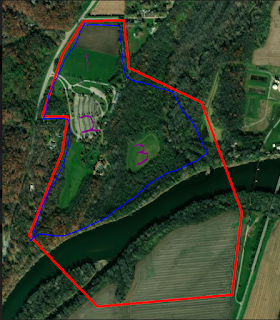Capstone Poster

As our semester in AT419 came to a close, Thomas Gonya, Todd Horn, and I put together a poster on crew resource management in UAS. We chose this as our poster topic because Thomas and I were the two leaders of the class. In the professional world my goal is to move up into a crew management or operations management position, so having the opportunity to lead the class this semester was great experience for me. The poster size limited us on how much information we could include, but I will run through the different sections of the poster: For the top left section of our poster, we researched crew resource management and what exactly it entails. We did not create the star image ourselves, rather we found it during our research. This section is smaller than others and is primarily used to set a foundation for the rest of the poster. The second part of our poster elaborates on how we used the skills described above in our daily operations. The included...



